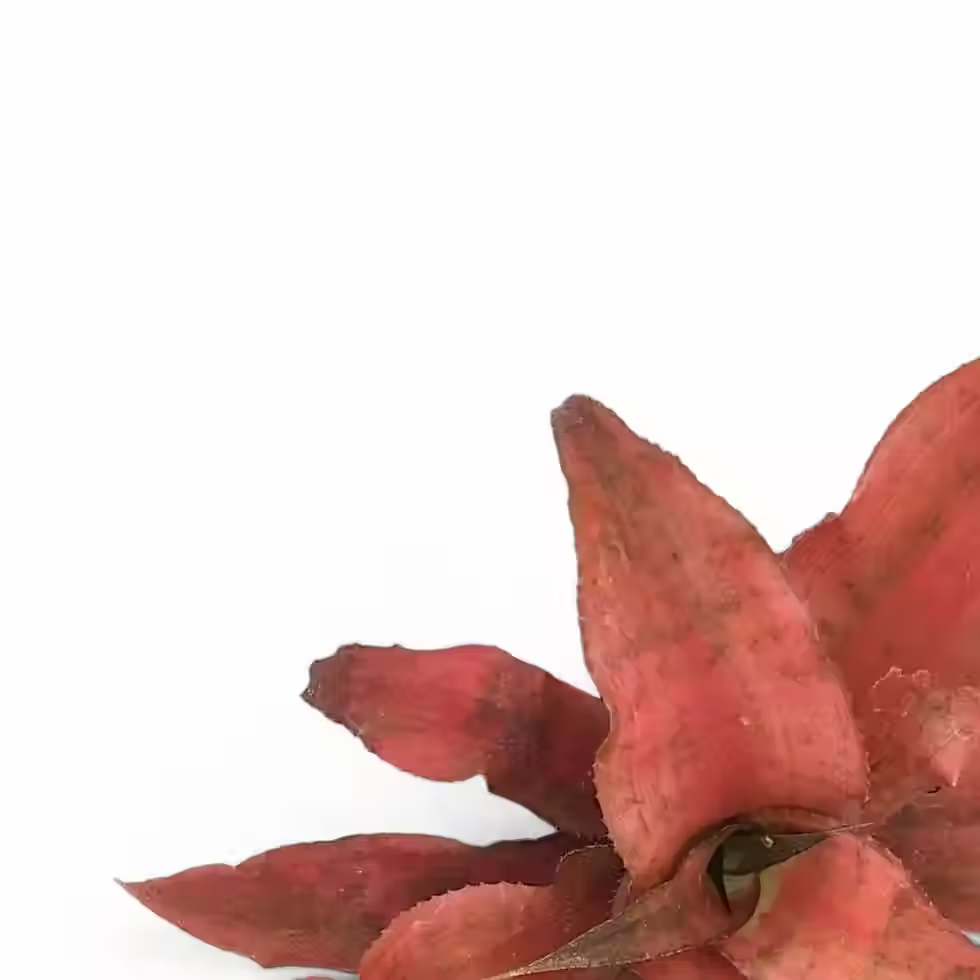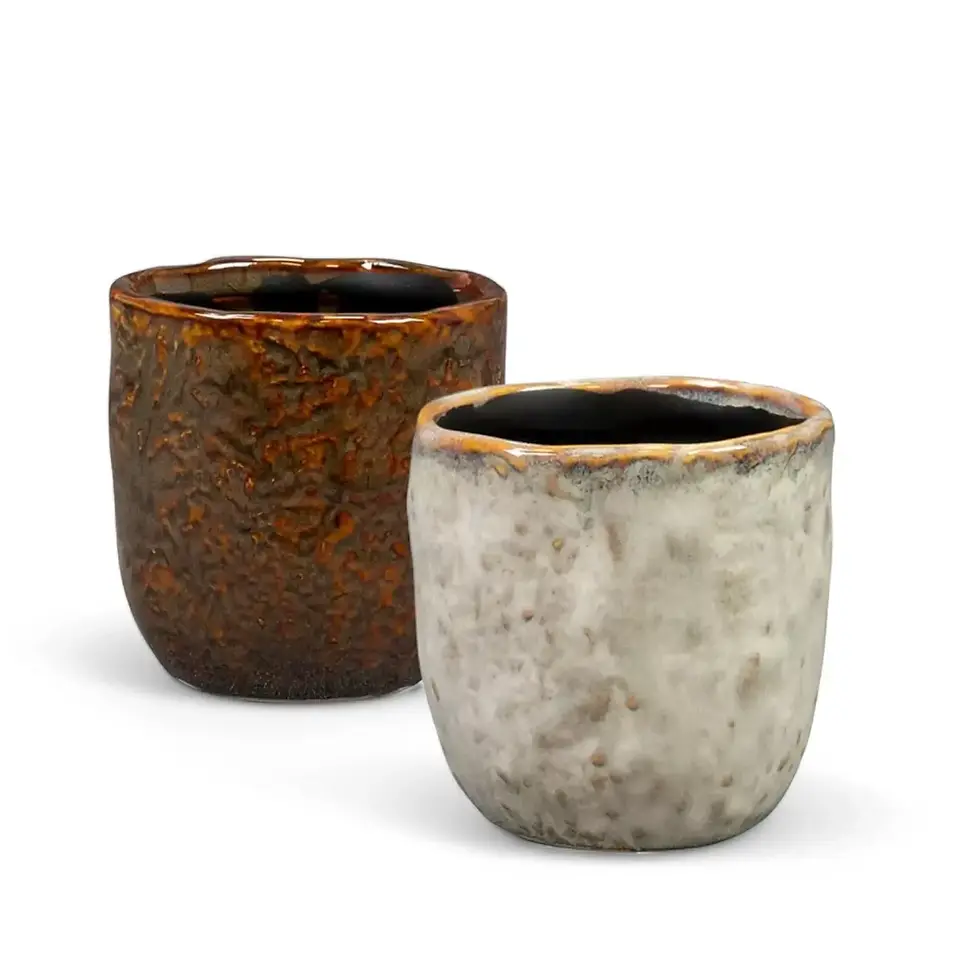Cissus alata 'Ellen Danica' - Care Guide and Information
Cissus alata 'Ellen Danica', commonly known as Grape Ivy, is a captivating evergreen climber prized for its dense, lush foliage and adaptability. It thrives in hanging baskets, as a ground cover, or on climbing structures, adding elegance to any plant collection. Its vigorous growth makes it a favorite among plant enthusiasts.
Features
- Growth Habit and Foliage: Features vibrant, palmate leaves with three to five lobes, creating an ivy-like appearance. The glossy, bright green foliage has serrated edges, adding texture.
- Size: Reaches 2-3 meters under optimal conditions. Can be shaped and pruned for various indoor and outdoor spaces.
- Flowers: Produces small, inconspicuous green flowers in summer, though primarily grown for its foliage.
- Adaptability: Tolerates lower light conditions better than many climbers but thrives in bright, indirect light.
Cissus alata 'Ellen Danica' Care Tips
→ Light Requirements
- Prefers bright, indirect light.
- Can tolerate lower light but may grow more slowly.
- Avoid direct sunlight to prevent leaf scorch.
→ Watering
- Allow the top 2-3 cm of soil to dry before watering.
- Water thoroughly, ensuring excess water drains out.
- Reduce watering in cooler months to prevent root rot.
→ Humidity and Temperature
- Prefers moderate humidity regular household levels are usually sufficient.
- Keep temperatures between 18-24°C.
- Protect from cold drafts and temperatures below 15°C.
→ Soil and Fertilization
- Use well-draining potting mix (perlite, pine bark).
- Ensure good drainage to prevent waterlogging.
- Feed with a balanced liquid fertilizer every 4-6 weeks during the growing season.
→ Pruning
- Prune regularly to maintain shape and encourage bushier growth.
- Remove dead or yellowing leaves to promote healthy development.
Common Issues and Solutions
→ Yellowing Leaves
- Cause: Overwatering or poor drainage.
- Solution: Adjust watering schedule and check for proper drainage.
→ Drooping Leaves
- Cause: Underwatering or sudden light changes.
- Solution: Increase watering if soil is dry and adjust light gradually.
→ Spider Mites
- Cause: Low humidity.
- Solution: Increase humidity, wipe leaves, and use insecticidal soap if needed.
→ Root Rot
- Cause: Overwatering.
- Solution: Let soil dry between waterings repot in fresh soil if necessary.
Additional Growing Tips
- Support: Provide a trellis or support if grown as a climber.
- Propagation: Easily propagated via stem cuttings placed in water or soil.
- Placement: Best in well-lit rooms with indirect sunlight.
By mimicking its native tropical habitat—warm temperatures, moderate humidity, and filtered light—you can ensure Cissus alata 'Ellen Danica' thrives.
Interesting Facts
- Part of the Vitaceae family, which includes grapevines.
- Uses tendrils to climb, making it a natural climber.
- 'Ellen Danica' is a popular cultivar due to its compact growth and dense foliage.
Etymology
The genus name "Cissus" comes from the Greek word "kissos," meaning ivy. "Alata" means 'winged' in Latin, referring to the wing-like structures on its stems.
FAQs
- How fast does it grow? Moderate to fast growth, especially in bright, indirect light.
- Can it be grown outdoors? Yes, in warm, frost-free climates. Best suited for indoor growth in temperate regions.
- Is it pet-safe? Not highly toxic, but ingestion may cause mild stomach upset in pets.
Bring Home Cissus alata 'Ellen Danica' Today!
With its lush foliage and easy care, Cissus alata 'Ellen Danica' is a must-have for plant lovers. Perfect for hanging baskets, climbing trellises, or as an indoor statement plant. Order yours today and enjoy its effortless charm!
Cissus alata 'Ellen Danica'
Cissus alata 'Ellen Danica' is approx 50 cm tall/ long, and comes in a ⌀ 17 cm hanging pot.

























































